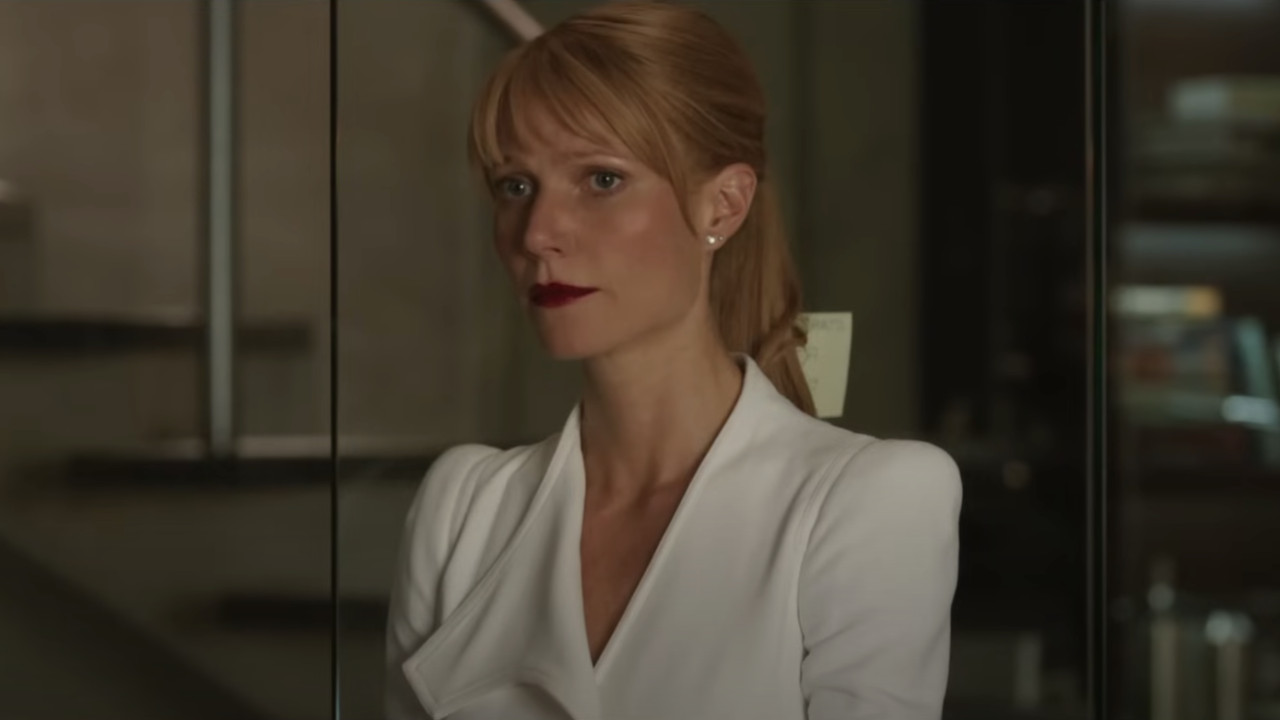Why Mad Max: Fury Road Didn't Need Mel Gibson To Return

Thanks in large part to the work of Marvel Studios, Hollywood has become obsessed with world building franchises. The idea is that each movie connects to the next, and that it all creates one big story. Continuity is the name of the game, and the deeper it goes the better. But while this method may work for some series, it’s not the law that dictates the way things operate in George Miller’s Mad Max - and this fact is central to the reason why it really does not matter at all that Tom Hardy has replaced Mel Gibson in the brand new film Mad Max: Fury Road.
As I explained in my Fury Road review, the sequels in the Mad Max franchise don’t operate as chapters of a longer tale. While the first movie is actually more of an origin story in retrospect, the subsequent films were designed by George Miller not to be direct follow-ups, but instead further stories told in the same world. Each title is meant to be seen as a new "Tale From The Post-Apocalyptic Wasteland" that would be told around a campfire, each one telling a different legend from the lore of Max Rockatansky. The trick with this kind of storytelling is that everyone listening to it is going to imagine this Road Warrior differently, and while some within the world of Mad Max might think he looks like a young Mel Gibson, others may interpret him as looking a bit more like Tom Hardy. In the end it really doesn’t matter who the actor is as long as they are playing the same character – and that very much is the case in the latest feature.
While the Max featured in Mad Max: Fury Road is a bit more far-gone than we’ve seen in previous installments – having been mentally crushed by both his memories and the post-apocalyptic world that surrounds him – inside he is still the same roguish hero we watched in the first three films. He remains both haunted and driven by thoughts of his lost child and wife, and though his survival instinct is at full-throttle 11, he is still a moral and just person who will help the forces of good defeat the forces of evil. With a subtle and fantastic performance, Tom Hardy shows that he truly understands the essence and spirit of the character, and makes you forget about Mel Gibson simply by being Max.
There is also something to say about the narrative freedom that naturally comes from recasting an older actor with a younger actor. While I don’t doubt that George Miller could have probably figured something out, the truth of the matter is that the filmmaker was able to pull off a lot more action-wise with the mid-30s, prime-of-his-life Tom Hardy than the late-50s Mel Gibson. In having a more able-bodied Max, Miller was ultimately able to execute a particular vision of what Mad Max: Fury Road should be, and when you see the movie you’ll understand why that was truly the best thing for the project.
Mad Max is a special kind of series in that its stories are honestly timeless and truly could be told through all eternity – perhaps even after our world experiences a real apocalypse. And while movie geeks tend not to be the biggest fans of change, a true understanding of the films makes it clear why it doesn’t matter that Mel Gibson didn’t return to play Max In Fury Road.
Your Daily Blend of Entertainment News

Eric Eisenberg is the Assistant Managing Editor at CinemaBlend. After graduating Boston University and earning a bachelor’s degree in journalism, he took a part-time job as a staff writer for CinemaBlend, and after six months was offered the opportunity to move to Los Angeles and take on a newly created West Coast Editor position. Over a decade later, he's continuing to advance his interests and expertise. In addition to conducting filmmaker interviews and contributing to the news and feature content of the site, Eric also oversees the Movie Reviews section, writes the the weekend box office report (published Sundays), and is the site's resident Stephen King expert. He has two King-related columns.
